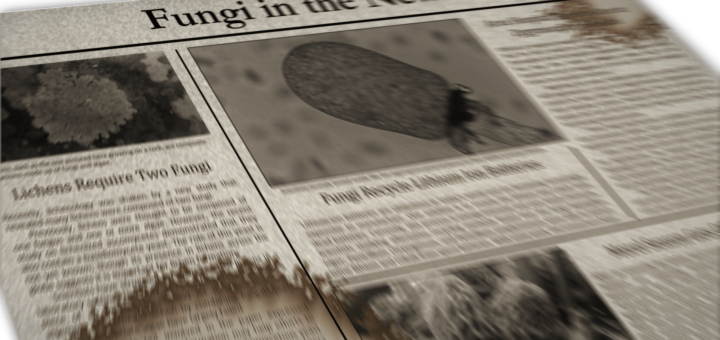#154: Panellus stipticus
This little brown mushroom isn’t much to look at… at least during the daytime. At night, however, the unassuming mushroom reveals its most interesting feature: it glows in the dark! Known as the “Bitter Oyster,” “Luminescent Panellus,” or “Bitter Oysterling” (if you live in Europe), Panellus stipticus looks like a small, brown oyster mushroom. A helpful feature that separates it from most other oyster-like mushrooms is that it has a tough texture.








![#011: Characteristics of Kingdom Fungi [Archived]](https://www.fungusfactfriday.com/wp-content/themes/hueman/assets/front/img/thumb-small-empty.png)
